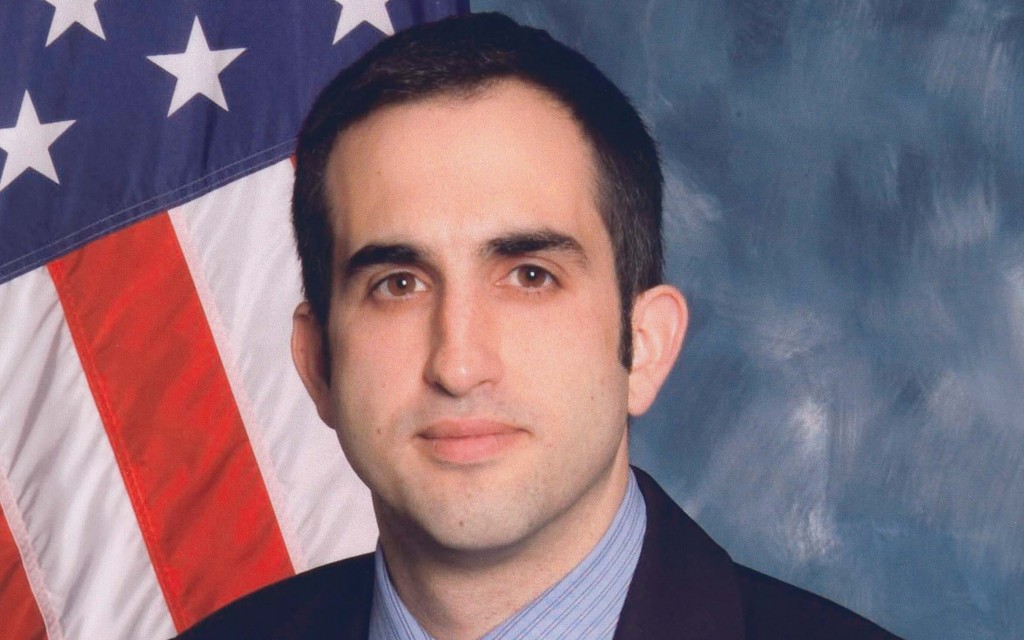The US Army Museum system faces many unique challenges when it comes to creating a web presence. The system consists of 178 different museums and historical holdings around the world and consists of an estimated 600,000 artifacts. The museum division falls under the Center for Military History and is headquartered in Washington D.C. with their main support center located in Northern Virginia at Fort Belvoir.
The museums in this system come in all shapes and sizes, and have unique missions and scope that are centered on the local commands or installations they support. Some museums play a duel hatted roll of interpreting an installation and unit or units histories all in one facility, other museums only focus on a unit or an installation. These types of museums are often referred to as “Field Museums” and typically have a staff of two individuals.
Large museums in the system tend to focus on telling the story of a specific Branch (job field) or in a few cases are Department of the Army level museums and tell the story of the entire Army. These bigger museums tend to be better established and resourced which includes a larger staff.
Mr. Paul Morando was selected for this interview due to his experience working in different sized museums and all of which had some type of web presence. His current museum’s website is at the forefront of Army museums virtual presence with several aspects of his website being the only example of that type of technology being used within the army system. Currently he is the Director of the US Army Quartermaster Museum on Fort Lee Virginia located near the city of Petersburg Virginia.
Some of the key points discussed during the interview were the fact that most Army museums do not have a website or only have very limited website that only presents contact information and hours of operation. Because of the unique challenge of access to the physical site that most Army museums face (most are located behind a gated community that requires special access) a strong web presence can greatly enhance the visitor’s connection and use of the facility.
Paul talked about his current website update project and how it was inspired due to the current site being too busy with information. He really feels that less is more on a website and if followed allows for the ability to focus the visitors attention on what the site is trying to achieve. This does beg the question if this type of philosophy limits the number of visitors the site will appeal too if it has too strong of a museum’s influence.
The US Army Quartermaster museum website can be viewed at: http://www.qmmuseum.lee.army.mil/
